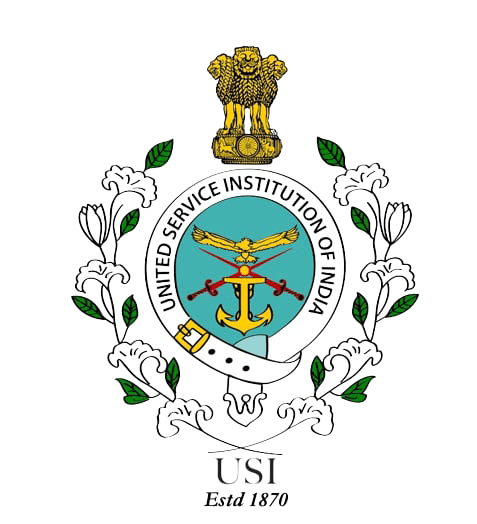ANALYSIS OF RESULTS FOR DSSC/DSTSC 2023
DSSC (Army)
1. Results.
|
Ser No |
Details |
Total Vacancies for the Army
|
Secured by Students of USI |
USI Percentage |
|
(a) |
Competitive |
20 |
15 |
75%
|
|
(b) |
Nominated |
247 |
177 |
72%
|
|
(c) |
Reserve for
DSSC/DSTSC
|
25 |
15 |
60% |
|
(d) |
ALMC (Advance
Logistics Mgt Course)
|
Nomination later |
||
|
|
Total |
|
|
|
|
DSTSC (Defence Services
Technical Staff Course)
|
||||
|
(e)
|
Nominated |
103 |
73 |
71% |
|
(f) |
Reserve
|
Incl in Para 2
(c) above.
|
|
|
2. Analysis
(a) It is seen from the
results that out of a total of 1692 offrs who appeared for DSSC/DSTSC, 350
offrs were nominated for DSSC/DSTSC Course based on capacity of DSSC. This works out 21% possible success rate, in
case a candidate does not take any course at USI. The Comd Pre-staff is attended by all offrs
in their own turn, unless someone is unwilling.
A qualified percentage of 75% for Competitive, 72% for Nominated
category of DSSC offrs indicates that the chances of offrs to qualify for DSSC
exam are greatly enhanced by the courses at USI of India.
(b) Out of 20 offrs on
the competitive list, 15 offrs have taken OPSC and one or two more pgmes at
USI. It indicates the viability of
Correspondence Course and contact pgme in addition to OPSC. Out of the five offrs in Competitive list who didn’t attend
OPSC two were from IMTRAT and one from IMA, where other offrs had taken these
courses.
(c) There has been an
appreciable increase in percentage of offrs passing in second and third
attempt. One of the major reason is that
with OPSC model having been adopted, they could attend the Pre-Staff Course,
which was not possible in erstwhile CPSC model in 2021-2022.
(d) It is seen that even
amongst offrs who did not qualify the exam, in Military History paper handled
by the USI, max no of offrs has passed.
Amongst Current Affairs and Science and Mil Tech papers, which had more
application questions, offrs who practiced attempting Question papers in Corres Course and Contact
Pgme had an edge over others.
(e) Last year being the
first iteration of OPSC, large No of offrs did not answer the question papers
and did not perform well in papers in which had more application
questions. Offrs who answered questions
given by USI in various programmes performed much better.
(f) The analysis of results supplements the fact that most of the
aims set out for OPSC were achieved.
Endeavour will be made to emphasise weaknesses to offrs to enhance their
comprehension, retention and professional growth in OPSC-2024.
